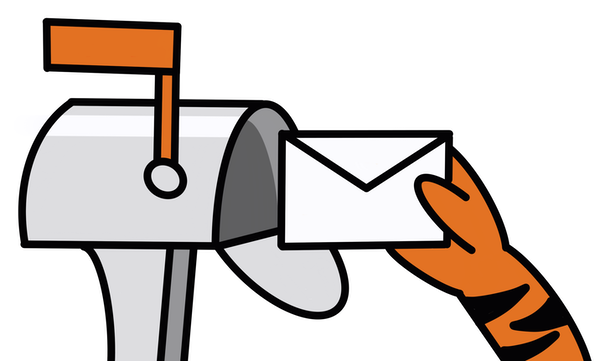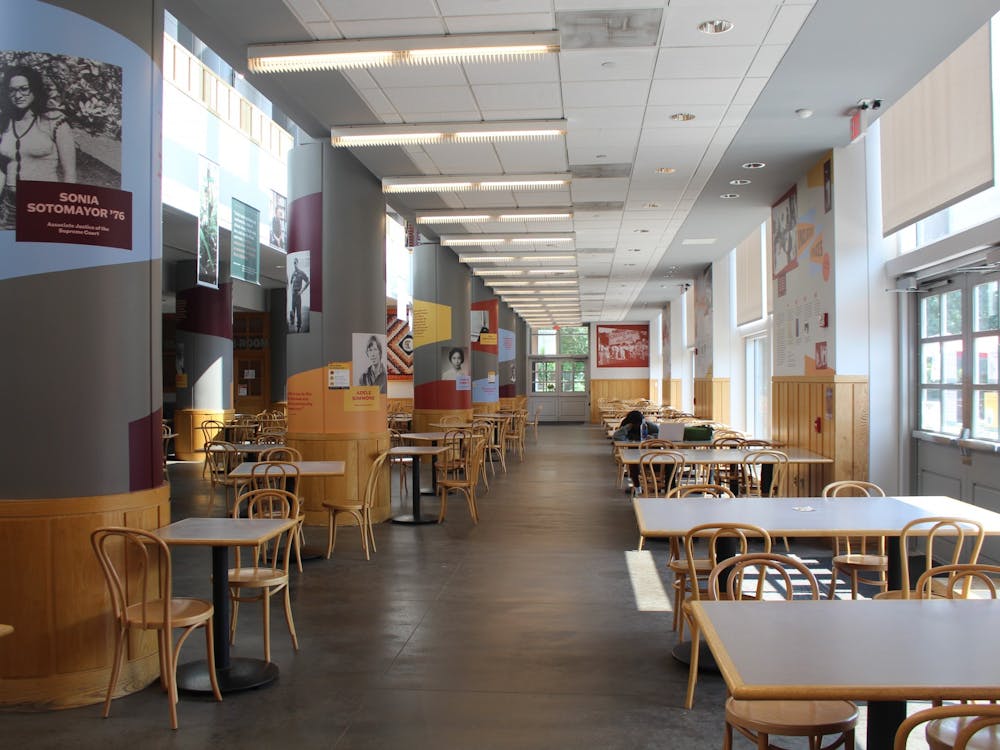Frequent visitors to the Princeton Public Library will find the building demolished this week, as planners prepare for its reconstruction.
Though a short walk from the University campus, until now the facility played only a small role in most University students' lives, except for the few hundred cardholders who discovered some of the library's offerings.
Now that the library has been temporarily moved to Princeton Shopping Center until its reopening in December 2003, University students are feeling the loss.
"I'd go there to study, because I knew that no one else [from the University] would be there," Diana Rosenblum '05 said.
While most students hit the books at Firestone Library, local coffee shops or Frist Campus Center to escape the claustrophobia of their rooms, students like Rosenblum found the public library conducive to working because of its distance from University life.
University students account for more than 500 of the library's cardholders, library director Leslie Burger said.
"The number of Princeton student cards holders has bumped up from last year because of the relaxed borrowing rules," she said.
After the University donated half a million dollars to the public library fund, non-resident card fees were dropped for University students.

Though 500 student cards pale in comparison to the total 21,000 that the library has issued, those University students and faculty who had visited the library at the corner of Witherspoon and Wiggins streets frequently used by the facility.
Caroline James '05 said she often used the library for services not offered at some University libraries. "Marquand Library is non-circulating, so it was convenient to go to the public library to borrow art books," she said.
The library also contained an extensive fiction collection that University libraries, often inundated with non-fiction texts, lack.
Luke Harris '04 also highlighted the wide selection of rental videos available. "It's a dollar a day to rent a movie, and it [was] much closer than West Coast videos," he explained.

"It's too bad that it's so far away now," he added.
"The library also provides a number of technological services," Burger said, noting that the library's computers offer many of the same applications found in computer clusters on campus.
Burger explained, however, that the expansion of Princeton Public Library was inevitable. Though useful, the technology was outdated, and the size was too small for its quantity of books, she said.
The library had been built 27% smaller than originally planned in 1965. And though it was estimated to hold a maximum of 80,000 books, the library held more than 130,000 books at the start of this year. As a result, the new facility will span 55,000 square feet, almost double its original size.
Burger's plans for the new library, however, extend beyond the obvious goals of expanding space for computers, bookshelves and reading areas.
"The library will be much more like Barnes and Noble, the living room types of bookstores," she said.
By offering a more relaxed atmosphere in a serious library setting, Burger said she hopes to give the library the ambiance of a bookstore without the presence of industry. "We can become the anti-consumerism model," she said.







